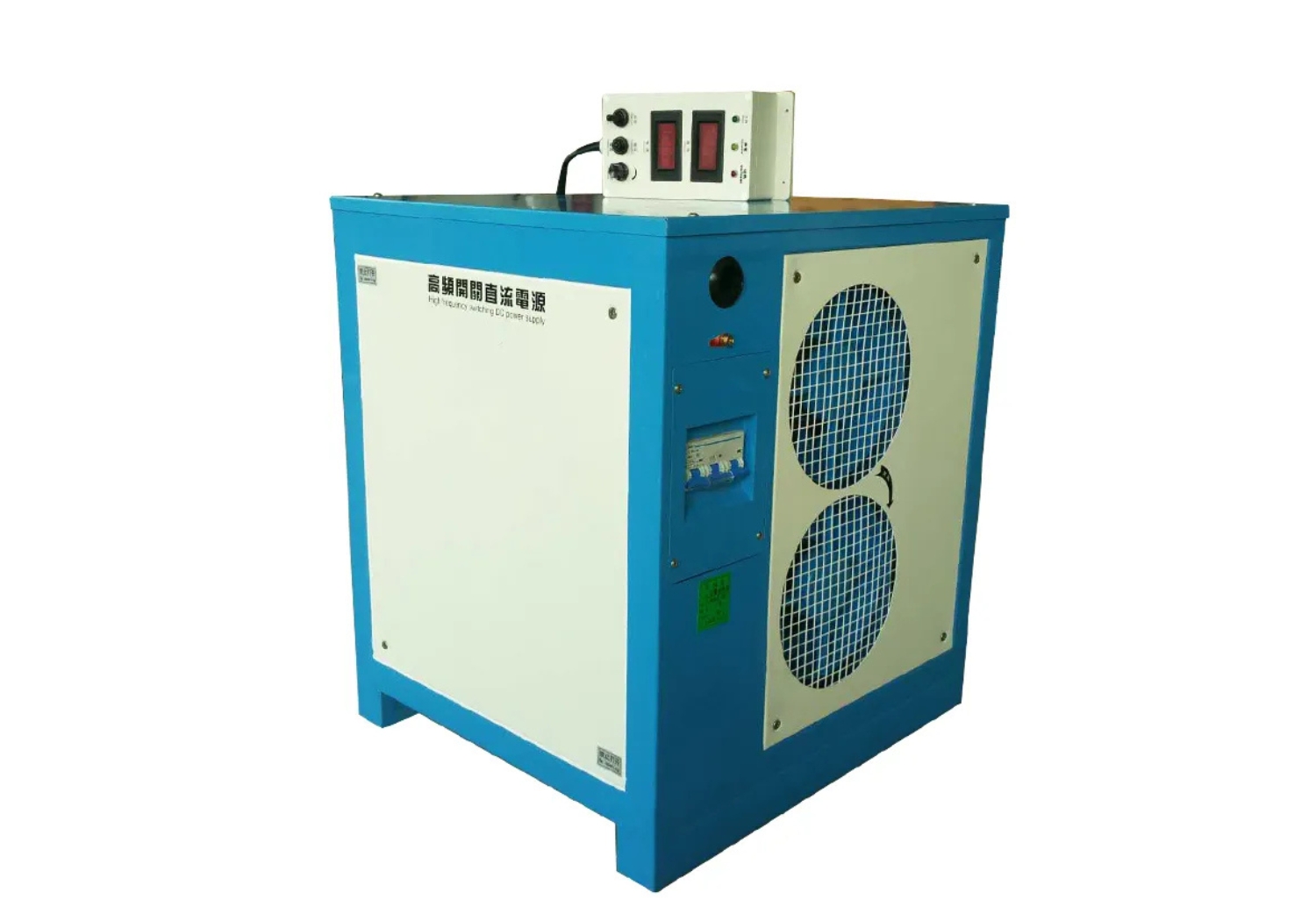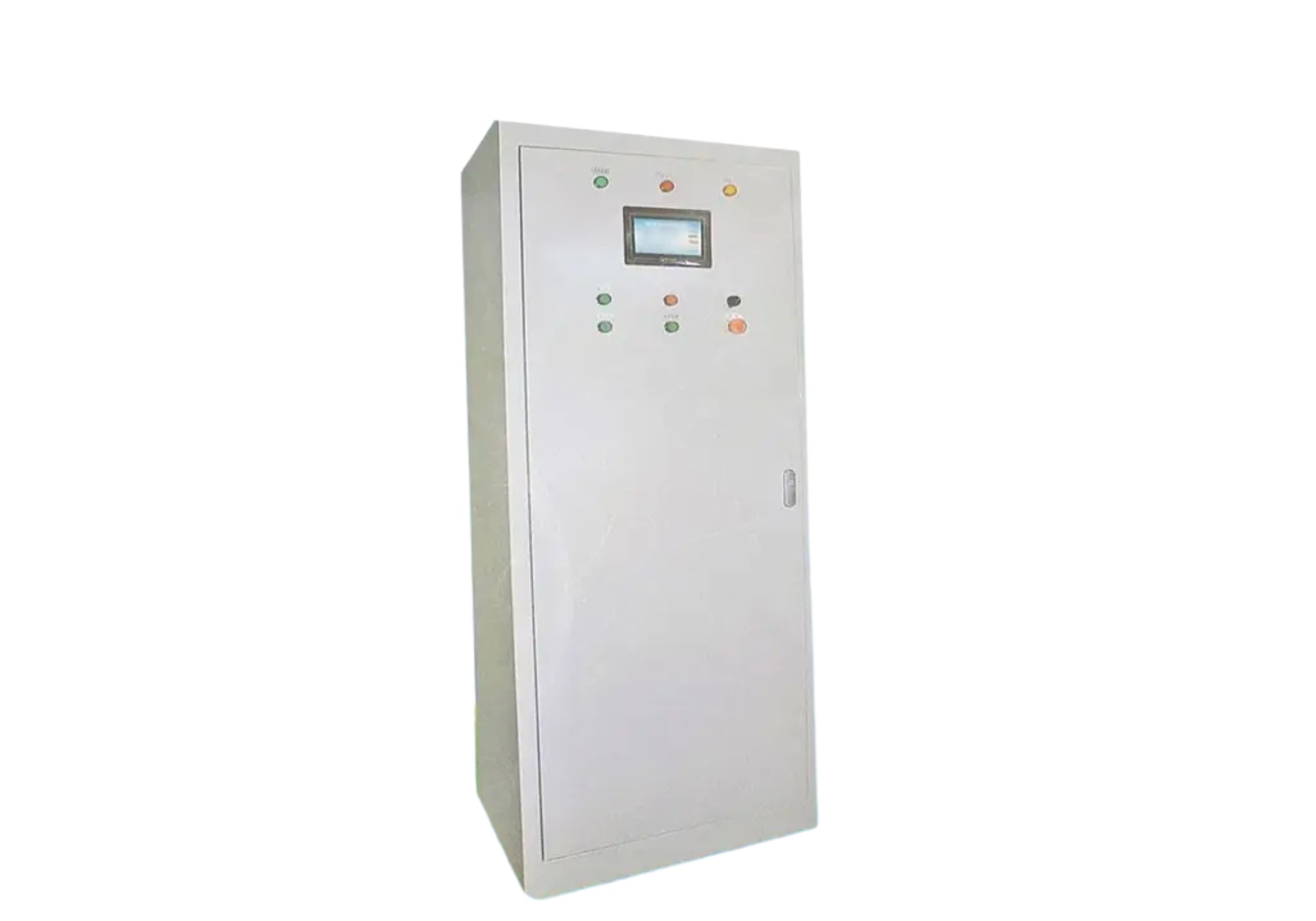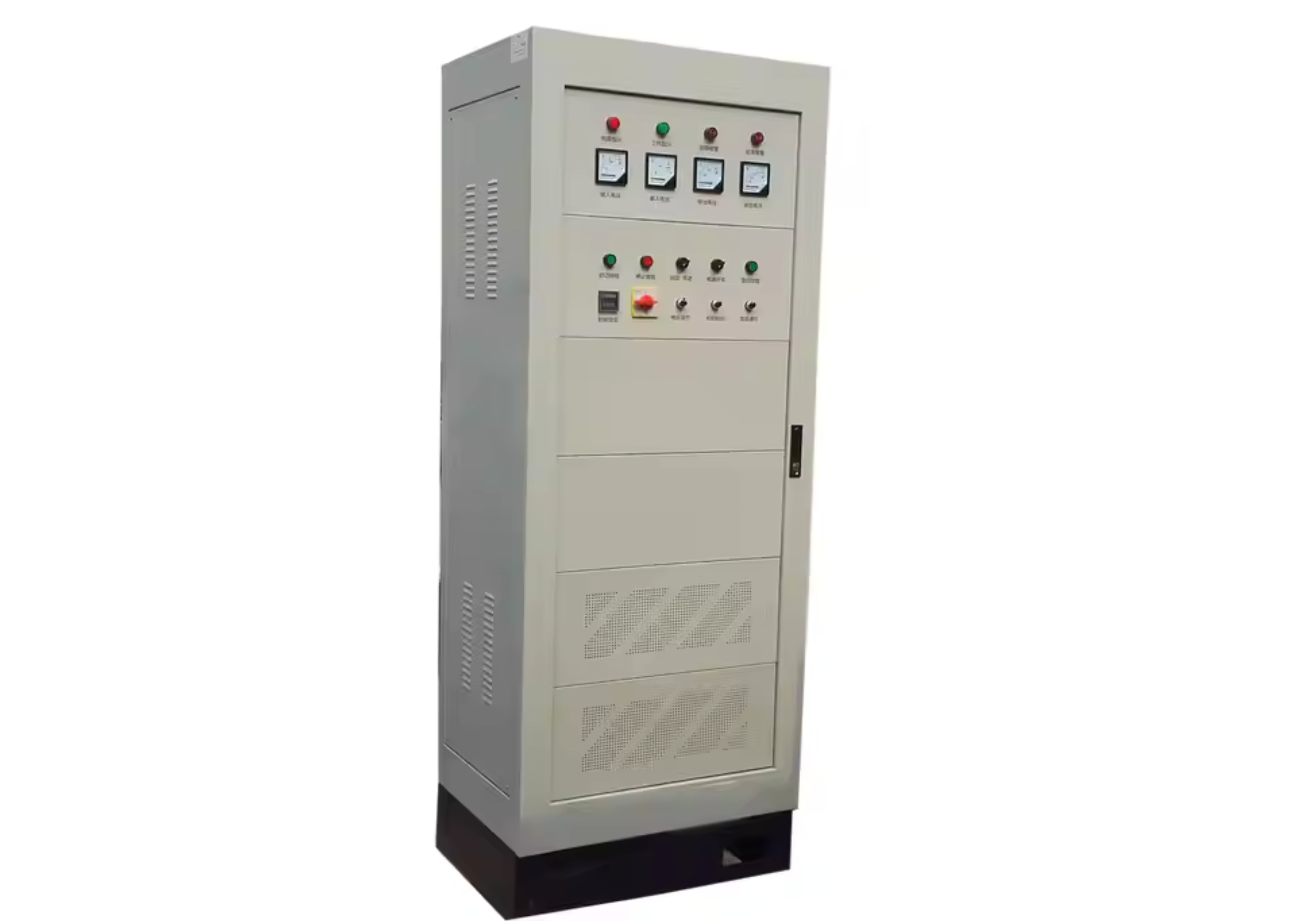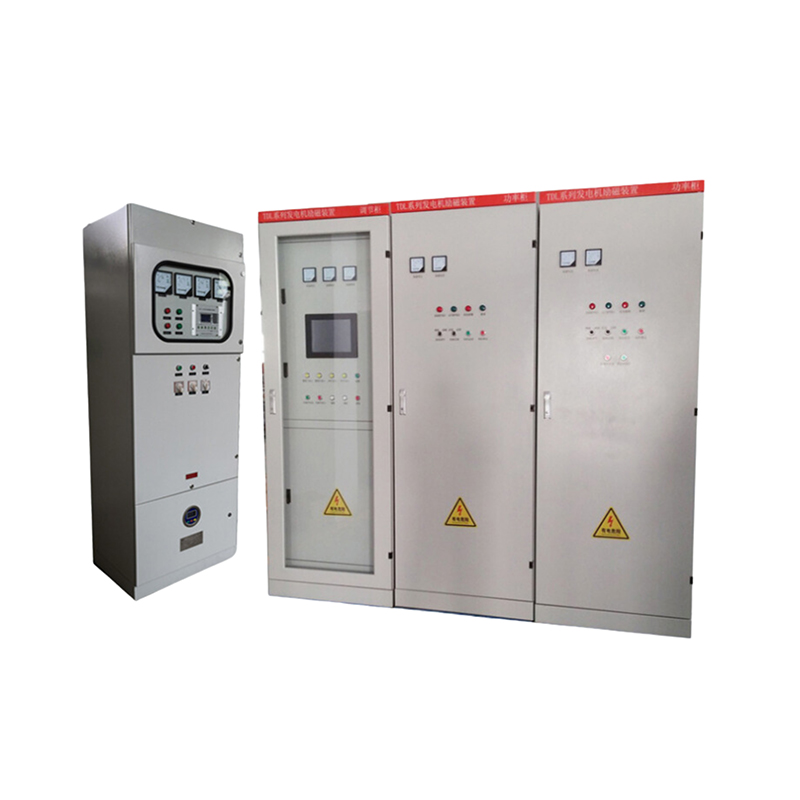Technical Breakdown of Thyristor Modules for Power-Critical Applications
Introduction
Thyristor modules form the backbone of many industrial and commercial power systems. Their ability to handle high currents, operate with low on‑state voltage, and support industrial phase control makes them ideal for demanding applications such as elevators, UPS systems, and servo drives. This article dives into the design principles, material innovations, and current handling features that define the most reliable thyristor modules on the market today.
1. Current Ratings and Surge Protection Capabilities
In any high-power system, current handling is a top priority. Thyristor modules come in a range of ratings, with 500A and 250A models being especially prevalent:
500A thyristor modules are used in environments where heavy-duty power switching is needed, such as centralized UPS stations or large elevator control rooms. These modules can sustain intense loads while providing High surge current protection.
250A modules cater to more compact systems, like servo drive installations, where space-saving design and stable control are key.
These modules are designed to maintain a low on‑state voltage, which reduces power loss and ensures efficient current flow even during extended operations. In industrial phase control scenarios, the consistent behavior of these modules under load is critical for performance reliability.
2. Compact Package and Ceramic Base Construction
Modern power systems often demand reduced size without sacrificing performance. That’s where compact package thyristor modules stand out. Designed for easy integration into tight spaces, these modules:
Feature optimized layouts to reduce EMI and crosstalk.
Allow stacking and side-by-side mounting in high-density control panels.
Are often built on ceramic base substrates, providing excellent thermal conductivity and mechanical durability.
Using a ceramic base ensures that heat is efficiently dissipated, especially during high-frequency switching and extended surge conditions. This makes them ideal for compact UPS setups or high-load elevator systems.
3. Key Use Cases: Elevators, UPS, and Servo Drives
Thyristor modules are engineered with specific end-use applications in mind:
Elevator systems demand reliability and efficiency. A compact package thyristor module with ceramic base ensures consistent control of lift motors, smooth acceleration, and deceleration—all while handling High surge current with low on‑state voltage.
UPS applications prioritize continuity. A 500A dual thyristor module configuration allows seamless switching during grid outages, aided by its strong industrial phase control.
Servo drives benefit from 250A thyristor modules, which offer accurate control, minimal switching delay, and long-term thermal stability.
In all cases, the presence of dual thyristor module configurations ensures fault tolerance and enhanced control, even in high-demand cycles.
4. Structural Integrity and Long-Term Reliability
Engineers rely on thyristor modules for their durability, and recent innovations have further strengthened this reputation. The inclusion of:
Reinforced compact packaging,
Integrated gate driver compatibility, and
Advanced solder joint reliability
means today’s modules are built to last in mission-critical environments. Whether operating a traction elevator system, managing a battery backup array, or powering a precision servo drive, these modules are expected to maintain peak performance over years of continuous use.
Modules built with ceramic base technology show lower thermal resistance, increasing efficiency during heavy loads and extending lifespan under repeated High surge current stress. The use of thick copper layers and advanced bonding techniques also minimizes internal impedance, crucial for low on‑state voltage performance.
5. Summary of Key Technical Benefits
To summarize, the following features set today’s top-tier thyristor modules apart:
500A and 250A current capacity tailored for varied power system scales.
High surge current endurance for transient stability.
Low on‑state voltage for reduced energy loss and heat generation.
Industrial phase control readiness for stable output in sensitive equipment.
Compact package with ceramic base for thermal and mechanical robustness.
Each feature is engineered to ensure the modules deliver dependable performance in elevator systems, UPS stations, and servo-driven automation.






